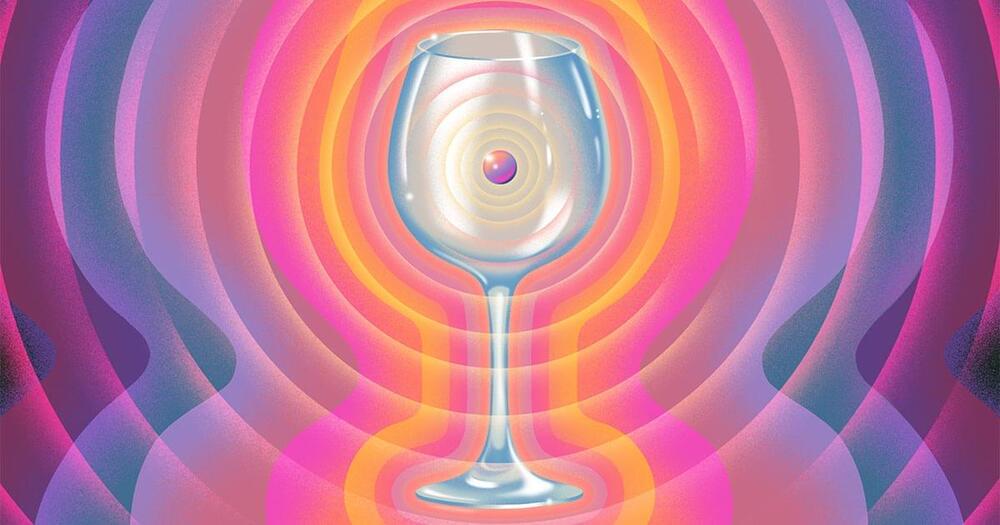Almost anytime physicists announce that they’ve discovered a new particle, whether it’s the Higgs boson or the recently bagged double-charm tetraquark, what they’ve actually spotted is a small bump rising from an otherwise smooth curve on a plot. Such a bump is the unmistakable signature of “resonance,” one of the most ubiquitous phenomena in nature.
Resonance underlies aspects of the world as diverse as music, nuclear fusion in dying stars, and even the very existence of subatomic particles. Here’s how the same effect manifests in such varied settings, from everyday life down to the smallest scales.
In its simplest form, resonance occurs when an object experiences an oscillating force that’s close to one of its “natural” frequencies, at which it easily oscillates. That objects have natural frequencies “is one of the bedrock properties of both math and the universe,” said Matt Strassler, a particle physicist affiliated with Harvard University who is writing a book about the Higgs boson. A playground swing is one familiar example: “Knock something like that around, and it will always pick out its resonant frequency automatically,” Strassler said. Or flick a wineglass and the rim will vibrate a few hundred times per second, producing a characteristic tone as the vibrations transfer to the surrounding air.
